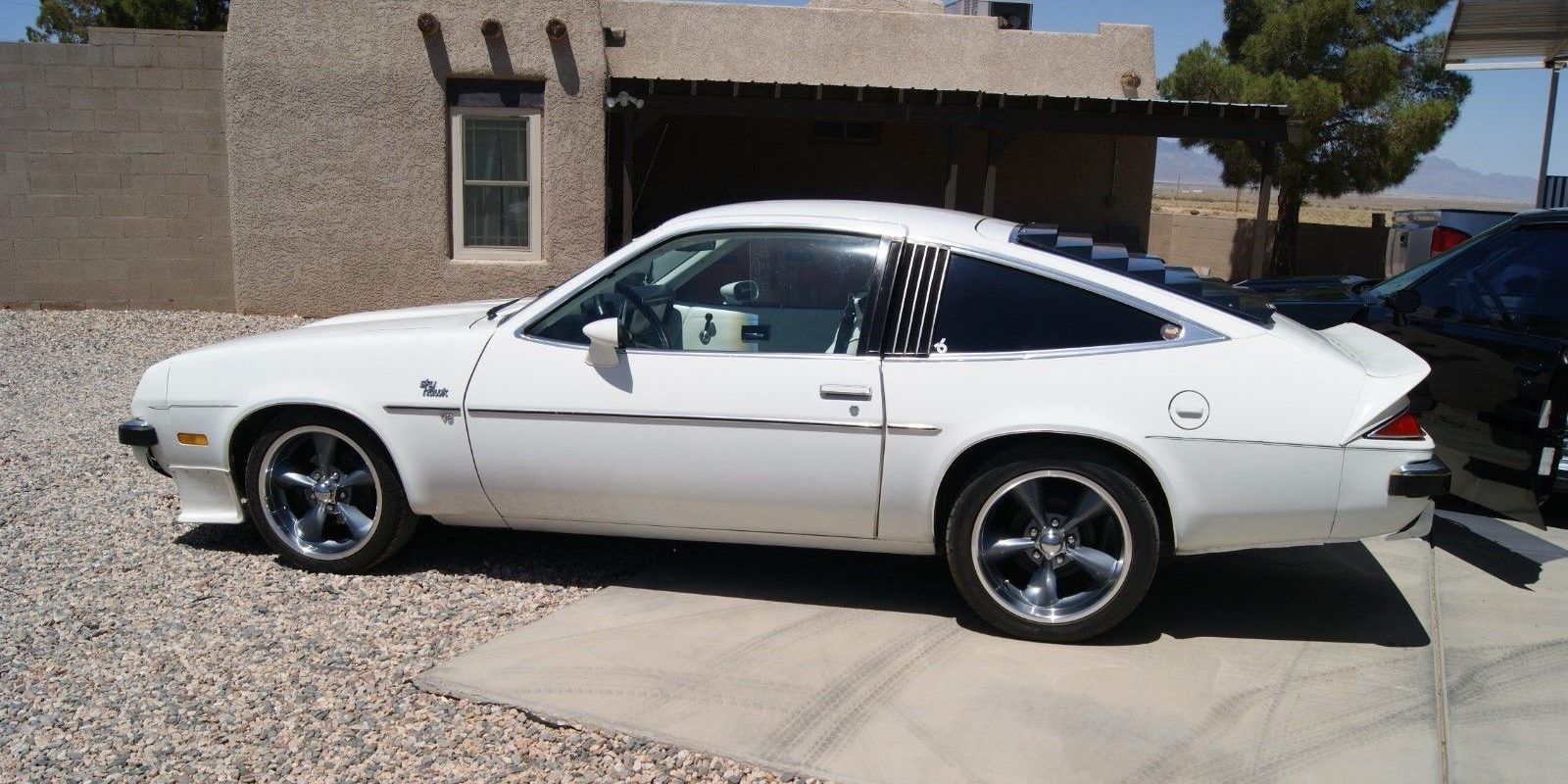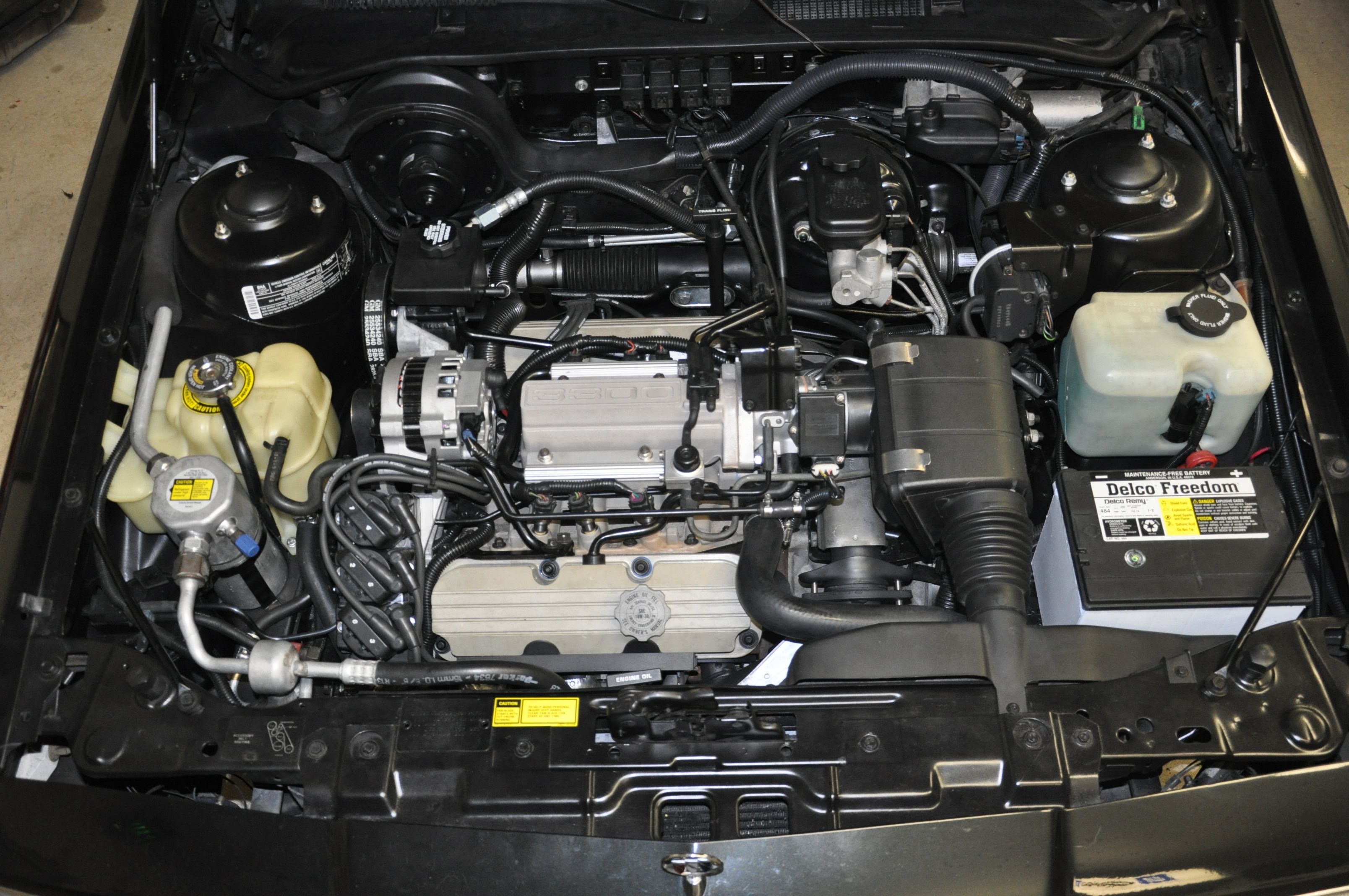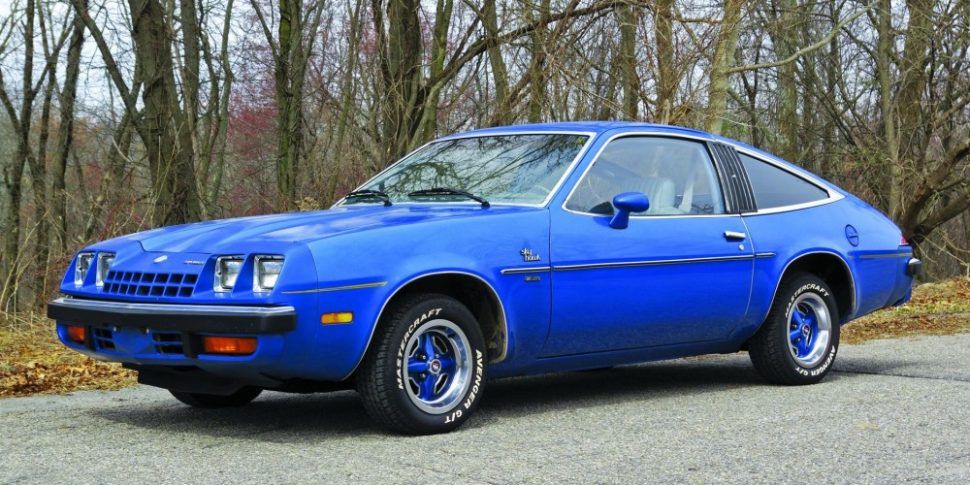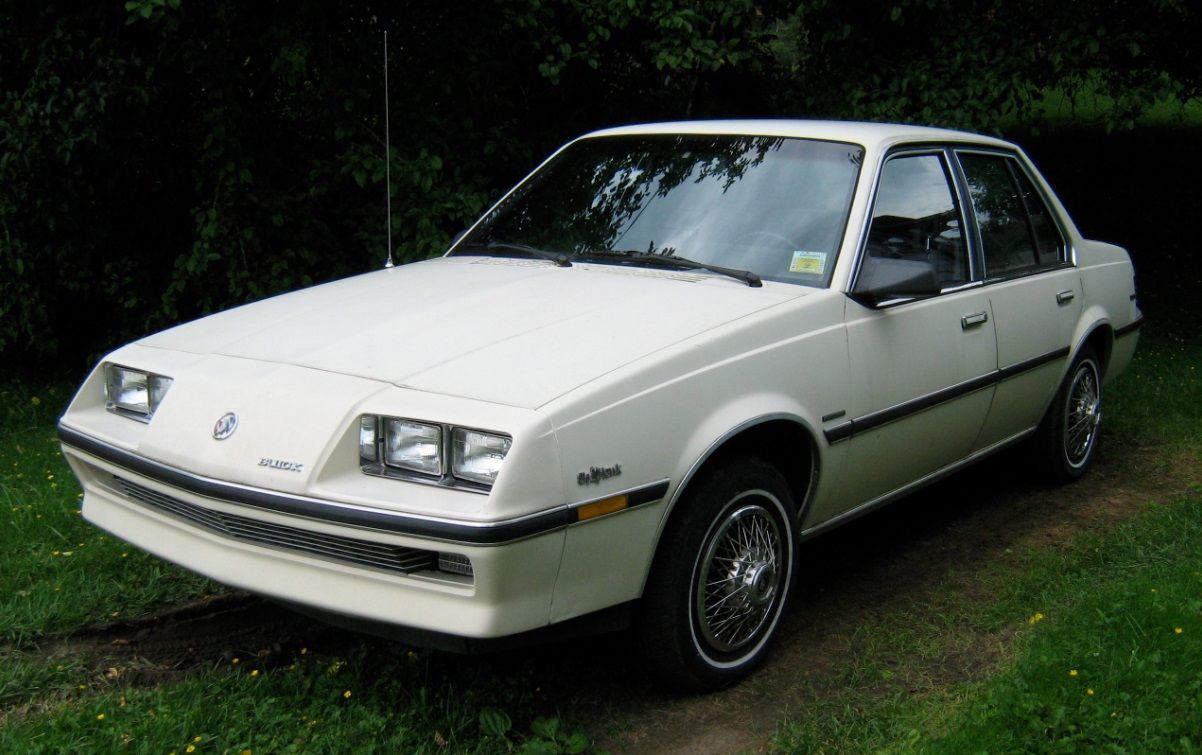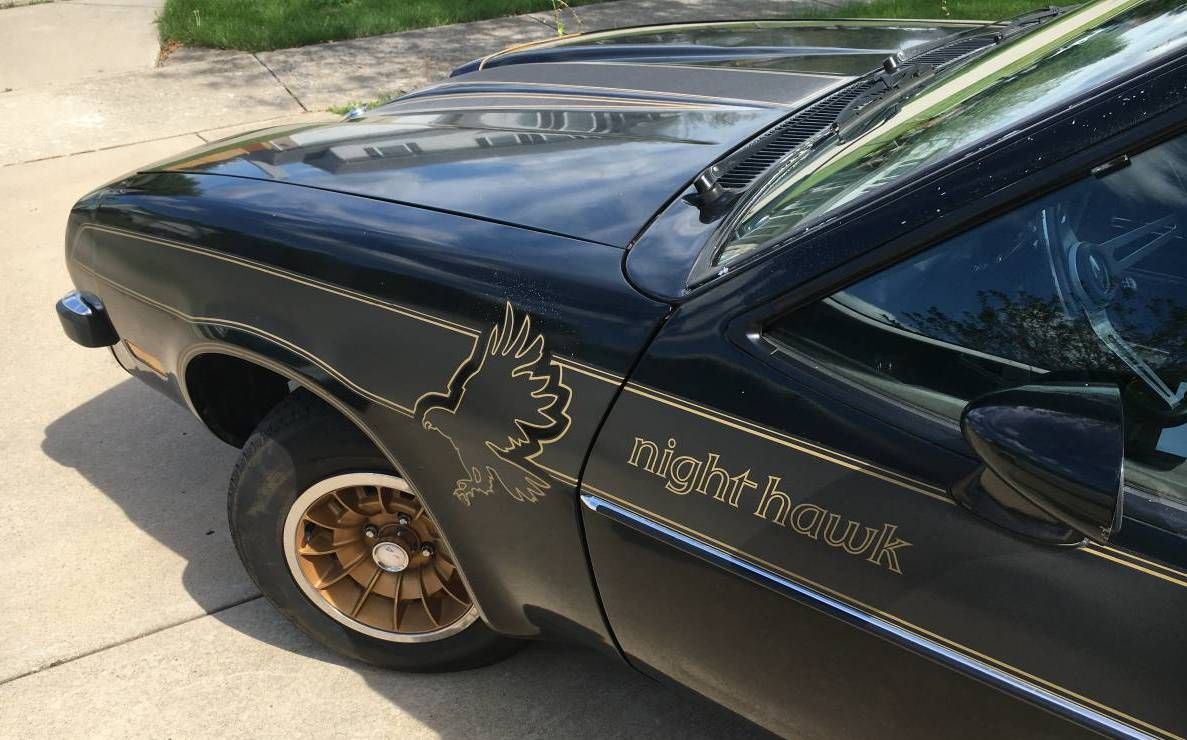General Motors once manufactured the Buick Skyhawk in a long run from 1975 to 1989. It was considered a sleeper car, defined as a car with both high performance and unassuming exterior, similar or identical to a standard or economy-class car. The Skyhawk was one of Buick's subcompact cars, a four-passenger hatchback with a turbocharged engine.
The first generation was produced from 1975 to 1980, with its successor from 1982 to 1989. Approximately half a million second-generation Skyhawks were manufactured, and each subsequent year received multiple updates until production ended. Skyhawks had a focus on practicality and realism and were offered in several decal packages. Multiple competitors pitted their vehicles against the Skyhawk, such as the Toyota Celica, Datsun 200SX, VW Scirocco, Mercury Capri, and the Ford Mustang II. After 1989, Buick retired the Skyhawk, according to Wikipedia.
Read on to get more of an inside look at the Buick Skyhawk, from interior to exterior, with all its quirks.
Turbocharged Engine Was Key
When the second-generation Buick Skyhawk was released in 1982, it was known for being fuel-efficient and budget-friendly.
Skyhawks could be purchased in one of two styles: a two-door coupe and four-door sedan. Both of these had a J-Body and compact front-wheel-drive. Other similar models produced at the time included the Oldsmobile Firenza, Chevrolet Cavalier, Pontiac Sunbird, and Cadillac Cimarron. The initial models had a slower standard engine, only capable of achieving 88 hp with its four cylinders.
However, despite its original reputation as a stealth predator, Buick upped their game with the release of the 1984 high-performance T-Type variant. Aside from the blacked-out trim and special wheels, the variant exceeded the speed of its previous iteration. Although this engine also had four cylinders, it was also turbocharged and increased the hp from 88 to 150, nearly doubling the hp in the process.
This T-Type variant continued until 1987, but the turbocharged engine remained a feature of the new Sport Hatch. This model was quite similar to the 1986 T-type. However, the Sport Hatch added multi-point fuel injection and a larger, water-cooled turbocharger, generating 175 ft-lb of torque, as well as 165 hp.
One more of Skyhawk's effective features was its compact V6 engine that displaced 3.8 liters. A V6 engine requires a balance shaft and split-pin crankshaft, and superchargers may be added to increase both horsepower and torque. This model demonstrated a 3.8-inch bore, as well as a stroke of 3.4 inches.
A single two-barrel Rochester 2GE carburetor was its fuel source, and its smooth, even-fire sequence can be attributed to its High-Energy ignition. Cast-iron cylinder heads were able to produce a compression ratio of 8.0:1. After the Sport Hatch's retirement, Buick would continue to use turbocharged engines in its future models, such as the Regal.
Body Inspired By Ferrari
The body of the Buick Skyhawk was considered stylish and sporty-looking, with a distinctive shape that had never previously debuted. However, the body also took inspiration from multiple Ferrari vehicles. The biggest styling influence among these was the 1971 365 GTC/4. Ferrari even had similar cars with turbocharged engines, giving Buick even more inspiration for the Skyhawk.
Although collectors give Skyhawks a reputation for being a poor man's Ferrari, Skyhawks are still seen as mass-produced Buicks and Chevrolets. As a result, they are rarely granted either recognition or appreciation.
Upon the Skyhawk's arrival in 1974, the new H-body sub-compacts created an image that proved appealing to and popular with younger drivers. As an added bonus, the Skyhawk had a sleek appearance and was powered by a small-block V-8 engine.
Practicality Was Prominent
During the Skyhawk's design process, practicality was the central objective of every function and design feature. First-generation Skyhawks were all hatchbacks, so once the rear seat was folded down, drivers had approximately 28 cubic feet of cargo space, which was considered both practical and usable.
Further, their smooth, sleek, flowing lines gave a 0.43 drag coefficient, which was extremely practical, effective, and efficient for its time.
According to Hemmings, Buick once claimed, "There's never been a Buick like this one before. The Skyhawk's sub-compact size, its blend of operational economy and agile performance, and its sleek lines represent a whole new spirit of driving for Buick customers."
The Skyhawk had enough driver appeal to avoid any significant alterations until 1980. The most affordable model had a base price of $4,367. However, even the more stripped-down version was still an affordable, practical purchase for the average middle-class buyer, as it only cost $4,103.
Multiple Decal Packages Were Offered
With the Buick Skyhawk, decal packages were a prominent selling point. Decals would become more commonplace in later years, and this was one of the earliest cars to start that trend. For 1976, the two packages available were the Hawk Accent and Free Spirit.
For added recognition, the 1976 Free Spirit Skyhawk showcased the same color decals, red wheels, and pewter gray exterior color as the Buick pace car for that year's Indianapolis 500, according to Chevy Vega.
As a result of their popularity, the deck packages returned the following year, albeit with a few color variations. The Free Spirit decals were now either black or white.
On top of that, a new decal package was a 1977 model exclusive. This Skyhawk was called the NightHawk, largely thanks to its black exterior color and black decals, both of which reflected gold colors when it drove in nighttime light.
By 1978, demand for decal packages decreased enough to the point where only the Hawk Accent was offered in black, white, or gold.
Sources: motorbiscuit.com, hemmings.com, chevyvega.com,

